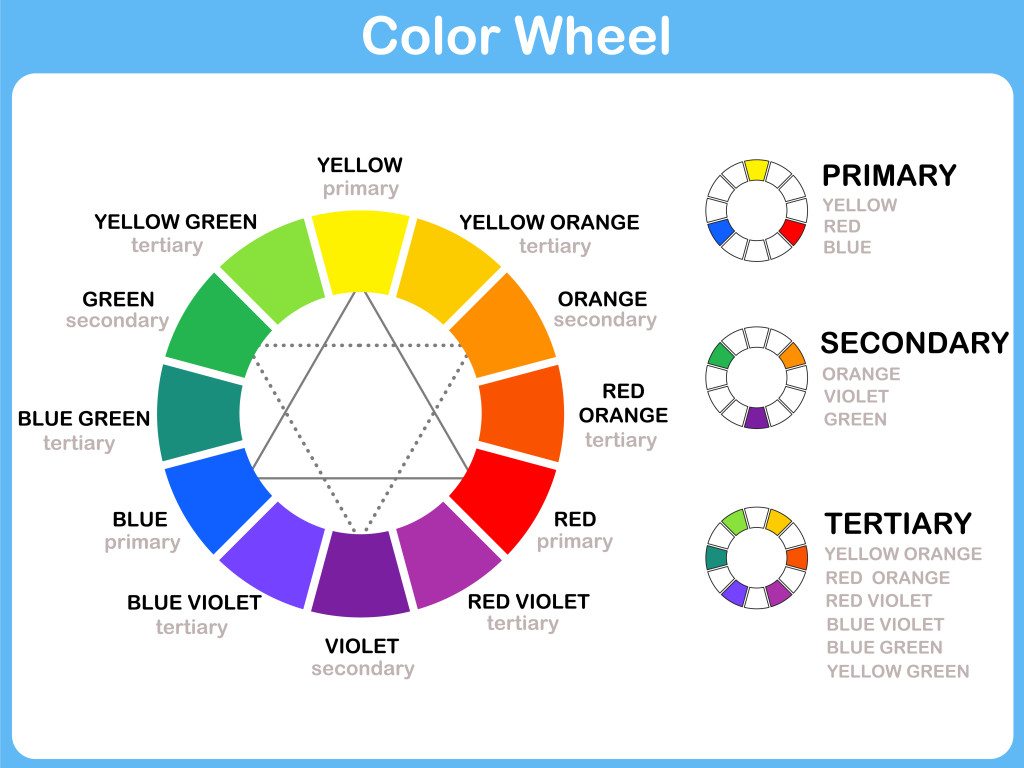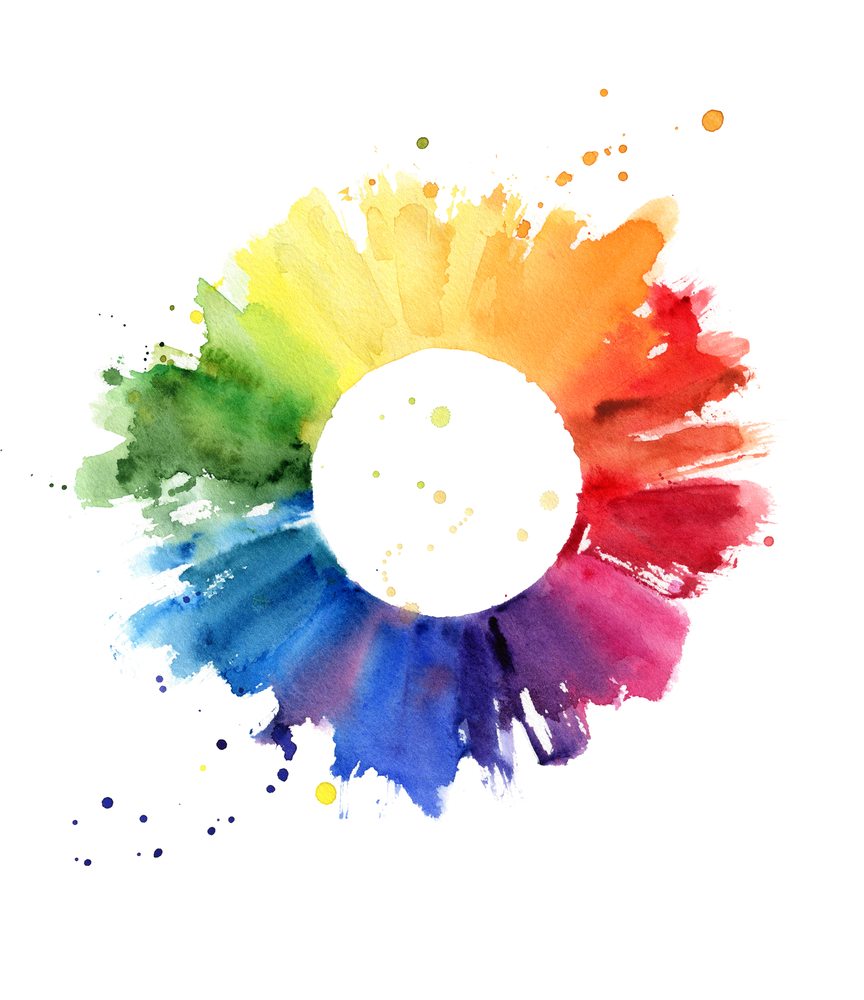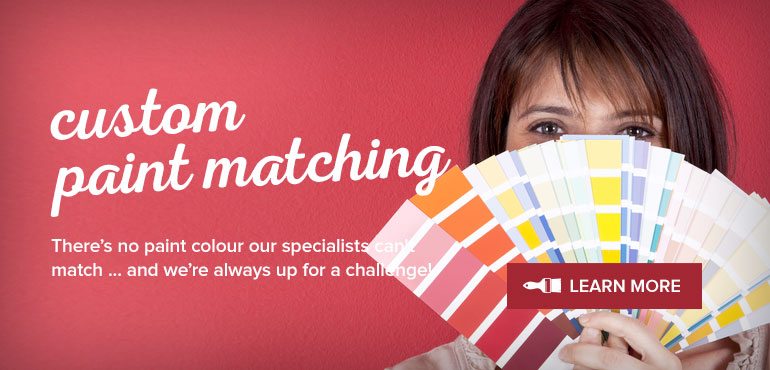Most home or condo owners like to do at least some of their own interior decorating. After all, your décor is a reflection of your personality and it can be a source of pride when you finish a project, even if it’s as simple as painting a wall.
But if you’ve done any bit of decorating or renovating your home, you’ve probably had at least one project, maybe more, where it never quite came out looking the way you expected. And something seems off every time you look at it.
It’s often the result of an experiment where you wanted to do something a little different – because that’s just how you roll – but you really weren’t entirely pleased with the result.
One of the basic reasons a home decorating project doesn’t quite come together is because the colours didn’t work. Why some colours work together and others don’t is a bit of a mystery. But there is a theory – the colour theory – that helps you choose colours that come together nicely, even those that you might not think ould work.
The Basics of Colour Theory
It’s called a theory for a reason. Designers and artists continue to bend of ideas of colour and there are no absolute rules. But colour theory puts colours into a logical structure that you can use for everything from interior paint colours to flower arranging.
The Colour Wheel
Developed by Sir Isaac Newton, the colour wheel is the basic tool for applying colour theory. The colour wheel presents colours in a logical sequence, arranged in a circle.

Primary Colours
The primary colours on the wheel, red, blue and yellow are the three pigment colours that can’t be made from combining other colours. All other colours on the wheel are some combination of primary colours.
Seconday Colours
The colours that you get when you mix the primary colours with each other in equal portions are the Secondary Colours on the wheel – green, orange and purple.
Tertiary Colours
When you mix a secondary colour and a primay colour, you get a tertiary colour: Yellow-orange, red-orange, red-purple, blue-purple, blue-green & yellow-green.
Okay, we’re going to hold it there for now. It’s good to think about these basics – and even do a bit more colour theory research – before we get into what colours generally work with each other.
In Colour Theory Part 2, you’ll learn a bit about complementary colours, colour harmony, colour context, and more.





